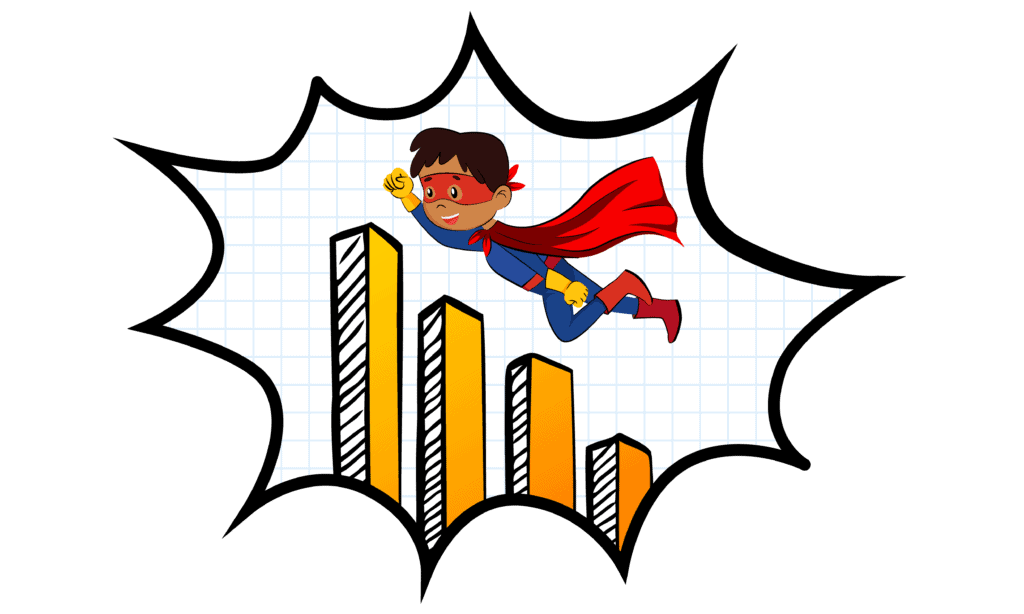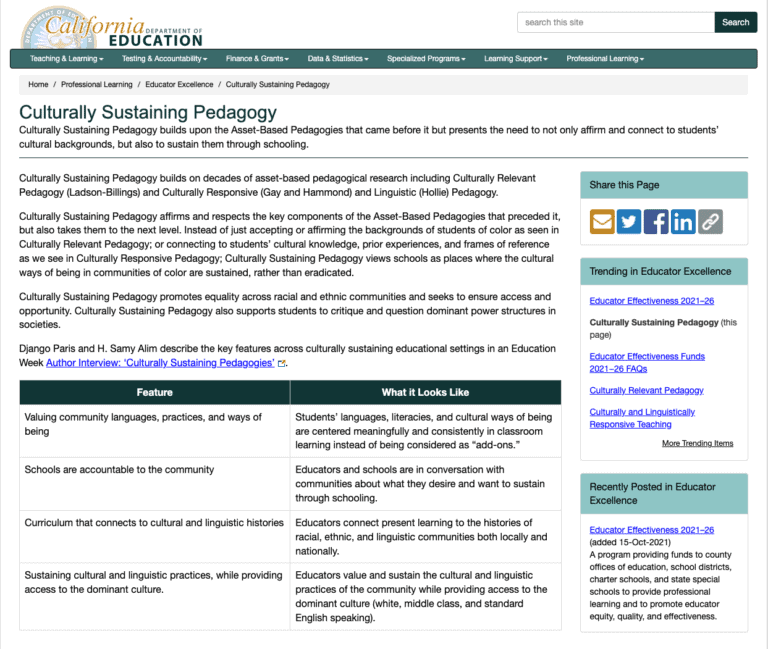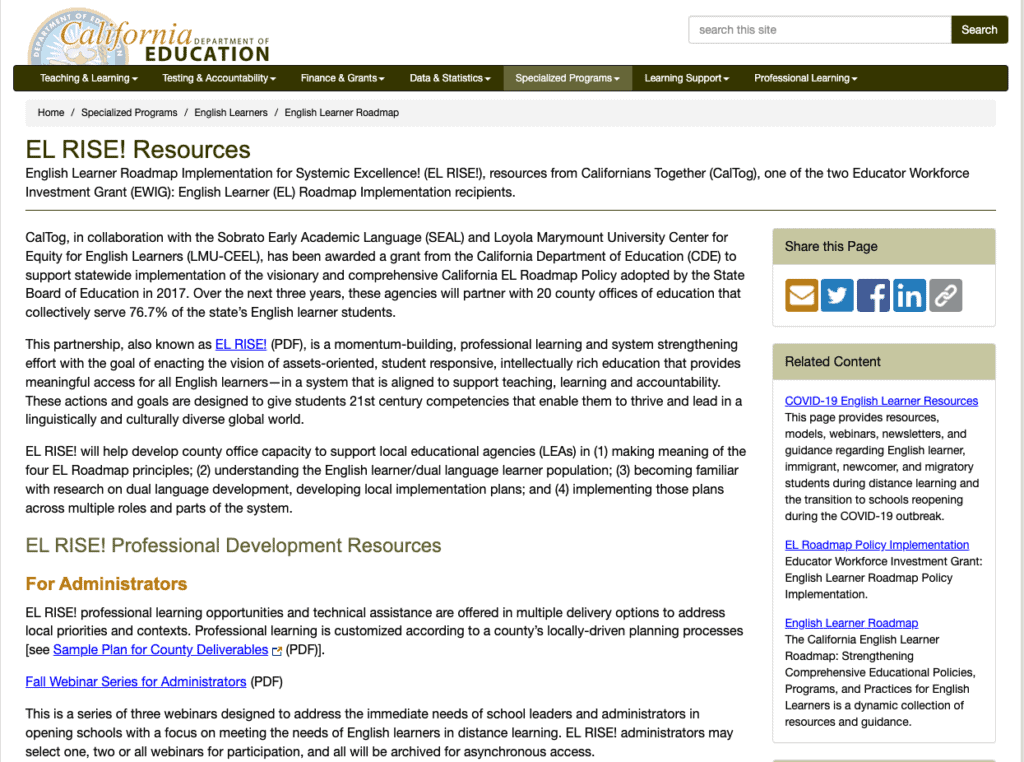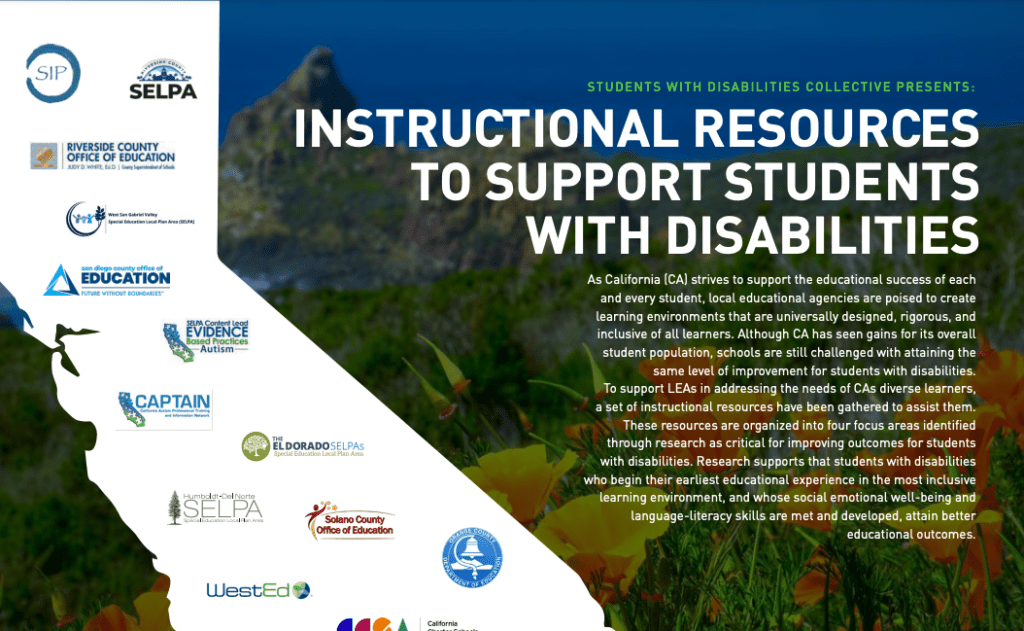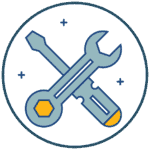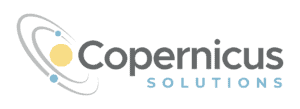SYSTEMIC SUPPORTS FOR DIVERSE LEARNERS
How do we systematically support all learners in order to create equitable outcomes?
WHY
- Remote and hybrid learning further exposed and exacerbated the persistent inequities affecting education, which disproportionately impact Black, Indigenous, and people of color (BIPOC), students with visible and nonvisible disabilities, English learners, and those living in poverty or experiencing homelessness.
- Equity—ensuring that each learner has what they specifically need to succeed or gain access to resources and opportunities—cannot be ensured through reactive efforts. It will take proactive efforts to dismantle and rebuild systems that do not meet the needs of our learners.
- Intentional planning and training with an eye on diverse learners will lead to more equitable access to high-quality instruction and help accelerate progress, especially for historically marginalized groups.
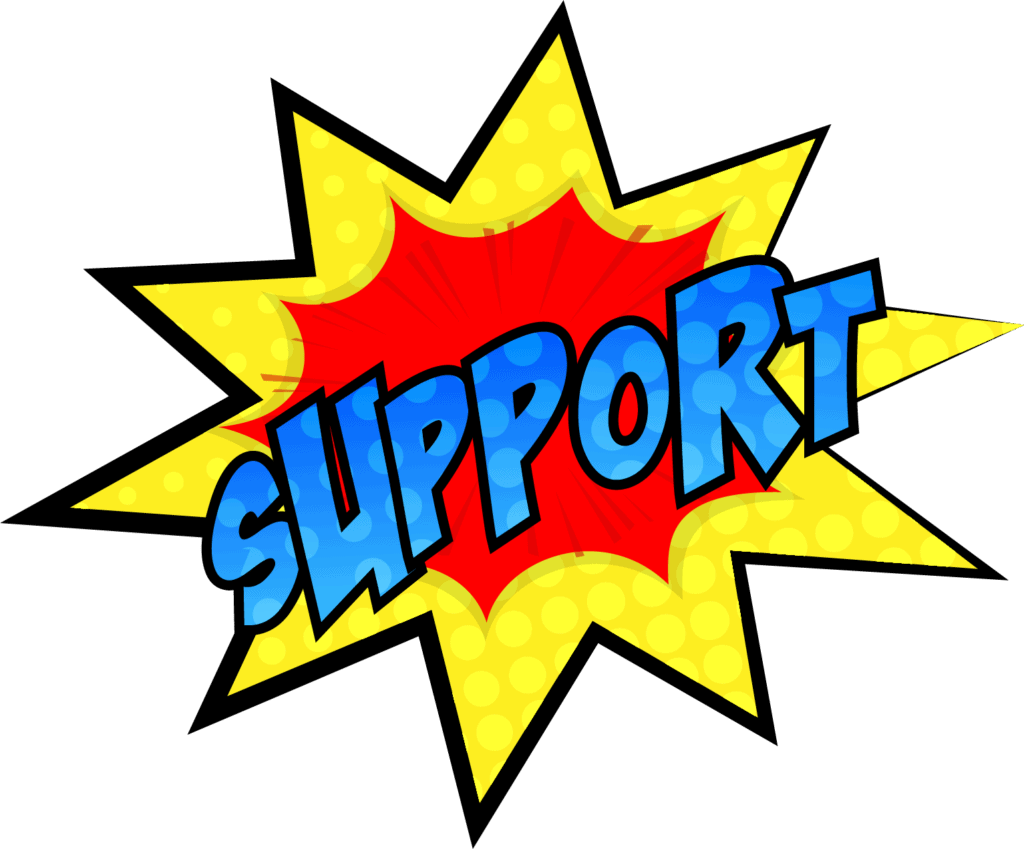
In this section, you will learn about four key components of supporting diverse learners through learning acceleration: Universal Design for Learning (UDL), culturally sustaining pedagogy, as well as meeting the needs of English learners, and teaching students with special needs.
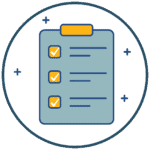
KEY TAKEAWAYS
- Use UDL principles to increase access. The Universal Design for Learning (UDL) framework and guidelines were created to make learning accessible for all students by eliminating barriers to learning. Consider schoolwide training in Universal Design for Learning (UDL) to support diverse learners on your campus. (Click here to visit the UDL section.)
- Employ culturally sustaining pedagogy. Built on assets-based pedagogies such as culturally responsive teaching, there is evidence that culturally sustaining pedagogy promotes academic achievement and engagement. When students see themselves in the curriculum; feel their community languages, practices, and ways of being are included, respected, and sustained; and engage in meaningful work together, good things happen. Altering instructional methods to promote equity can benefit students in multiple ways and directly contribute to accelerated learning. (Click here to visit the Culturally Sustaining Pedagogy section.)
- Make curriculum and instruction accessible for all students. General and special education teachers, English learner specialists, and others can work together to ensure curriculum and instruction are made accessible and designed for all learners in a classroom. This will ensure all students are able to accelerate their learning. (Click here to visit the Meeting the Needs of English Learners section.)
Universal Design for Learning (UDL)
Universal Design for Learning (UDL) is a research-backed framework to guide the design of learning environments such that they are accessible and challenging for all students. When environments are intentionally designed to reduce barriers, all learners can engage in rigorous and meaningful learning. Beginning with the principles of UDL allows teachers, schools, and systems to set the stage for all students to accelerate their learning. Start with Understood’s Getting Started with Universal Design for Learning for an overview of the approach. The California Department of Education (CDE) includes UDL in its Multi-Tiered System of Support (MTSS) Core Component 1: Differentiated Instruction and considers it key to setting the stage for learning acceleration.
- UDL is not a “special education thing.” UDL is sometimes categorized as something that is only beneficial for students with special needs. In reality, UDL is beneficial for all learners. Architects create cutouts in the sidewalk, ramps, or elevators to ensure everyone can access a building—whether they are in a wheelchair, pushing a baby stroller, or on crutches. Similarly, UDL anticipates that all learners will need to access learning in different ways and builds that into the architecture of the class.
- UDL is not “just good teaching.” There is no universally accepted definition of good teaching. However, UDL has a defined framework, backed by significant research and evidence from the field. UDL starts with the assumption that the barrier is not in the student but in the learning environment. Adjusting the environment and the instruction in this way requires a new way of thinking about the work of teaching and learning and the framework can help.
- UDL is a lens, not a checklist. Practitioners of UDL set clear, rigorous goals for all students and then, based on their knowledge of the goals, identify potential barriers for students and design options and supports that will eliminate barriers and increase access, ownership, and learning. There is no one right way or checklist to follow to meet the UDL framework components. Rather, the UDL Guidelines provide a lens on our work and allows us to improve the learning environment so that students are able and ready to accelerate their learning.
- The more you know about students, the more you can adjust. UDL works well with differentiated instruction (DI) as part of MTSS. While UDL begins with universally integrated supports and structures to ensure all students have access, DI requires regular data about specific students to further refine and develop the instructional model. Therefore, strong DI can naturally build on a UDL foundation to further refine and tailor instruction to support learning acceleration.
- UDL takes time. UDL shifts the center of instruction from the teacher to the student, empowering students to take ownership of their learning. This transformation takes time, for both teachers and students. Teachers and systems will benefit from explicit training in UDL alongside collaborative time with colleagues to share ideas and resources, and coaching in their classrooms to enact ideas.
Curated Tips: Culturally Sustaining Pedagogy
Historically, the home cultures, practices, and languages of students of color and English-language learners were seen as a deficit to be overcome. Culturally sustaining pedagogy flips that narrative and, instead, sees these things for what they truly are—an asset and a resource “to honor, explore, and extend” (Paris 2012, p. 94). When students see themselves in the curriculum and texts selected and feel their experiences and perspectives are honored and valued, it is much easier for them to access and find relevance in the work of school. When students feel connected to the community and to the learning, it is easier to accelerate instruction.
Diversity is increasingly being acknowledged as integral to success. Using culturally sustaining teaching in tandem with Universal Design for Learning is a powerful way to prepare students for the future.
- Encourage the continuation and revitalization of students’ cultures and backgrounds. The CDE offers an overview on asset-based pedagogies and suggestions for culturally sustaining pedagogy that includes:
- Value community languages, practice, and ways of being. Consistently and meaningfully center students’ languages, literacies, and cultural ways of being in classroom learning instead of considering them “add-ons.”
- Keep schools accountable to the community, with educators and schools in conversation with communities about what they desire and want to sustain through schooling.
- Connect curriculum to cultural and linguistic histories.
- Ensure learning sustains cultural and linguistic practices while providing access to the dominant culture (in the U.S., typically white, standard English–speaking, and middle-class).
- Assess your program’s cultural responsiveness. When getting started or looking to improve your program, it is important to ask some basic questions such as these to better understand where your program is meeting or missing the equity mark. The California Department of Education offers an overview of Zaretta Hammond’s guide for assessing culturally responsive teaching during school visits which may also help.
- Incorporate strategies to meet the needs of various learner groups. Specific strategies have been shown to best meet the needs of particular learner groups. Below are just a few of the tools that can help you support and empower various groups in your community.
- Meeting the needs of Native American students:
- WestEd’s Center for Standards, Assessment, and Accountability’s spotlight on culturally responsive instruction for Native American students
- San Diego County Office of Education Instructional Continuity Learning Considerations and Support for Native American Students
- p. 5 of Questions for Proactive and Equitable Educational Implementation
- Meeting the needs of Black students:
- San Diego County Office of Education Instructional Continuity Learning Considerations and Support for African American Students
- p. 6 of Questions for Proactive and Equitable Educational Implementation
- Meeting the needs of students in foster care or those experiencing housing insecurity:
- San Diego County Office of Education Instructional Continuity Learning Considerations and Support for Students Experiencing Homelessness and Students with Experience in Foster Care
- p. 9 of Questions for Proactive and Equitable Educational Implementation
- p. 10 of Questions for Proactive and Equitable Educational Implementation
- Meeting the need of low-income students:
- Meeting the needs of LGBTQIA+ students:
- San Diego County Office of Education Instructional Continuity Learning Considerations and Support for LGBTQIA+ Students
- p. 12 of Questions for Proactive and Equitable Educational Implementation
- Meeting the needs of migrant students:
- San Diego County Office of Education Instructional Continuity Learning Considerations and Support for Migrant Students
- p. 13 of Questions for Proactive and Equitable Educational Implementation
- Meeting the needs of students in isolated or rural areas:
- Meeting the needs of Native American students:
- Help teachers learn and grow their skills. Like all aspects of accelerated learning, teachers will need support and time to learn how to teach in this way. Provide explicit professional learning, ensure there’s time for teachers to share resources and ideas, and employ coaches and mentors to help teachers develop this work in their own classrooms.
- Create learning that is equitable and culturally relevant.
- Select texts that represent diverse perspectives and identities. When students see themselves and their experiences positively affirmed in texts, they are more likely to feel connected and engage with learning.
- Choose texts and topics that allow students to use and leverage knowledge from their lives and experiences. In dual-language programs, this can also be done through use of paired texts, where knowledge is built in both languages of instruction.
Curated Tips: Meeting the Needs of English Learners
Like other historically underserved populations, English learners need access to learning acceleration that is specifically tailored to their learning strengths and needs. This was true before the pandemic and will continue to be true afterward.
The California Department of Education has curated an in-depth resource called the English Learner Roadmap Implementation for Systemic Excellence! (EL RISE), which we recommend as a resource on this topic. Additionally, the EL Master Plan playbook offers a very thorough tool for schools looking to dive deeper into supporting English learners. Below are some highlights for supporting multilingual students during learning acceleration:
Curriculum
- Use the UDL framework to set English learners up for success from the start. For example, rethink how to position language development support within activities by providing multiple means of representation, providing multiple means of action and expression, and providing multiple means of engagement.
- Employ culturally sustaining pedagogies to create positive, multilingual learning environments by planning instruction that pays careful attention to student discourse, belonging, agency, and identity.
- Prioritize teaching of language skills that are inherently embedded in content standards to accelerate the development of language and content simultaneously. Organize and plan curriculum and instruction to develop language and content simultaneously. Review the entire scope and sequence of curriculum to make sure specific speaking, listening, reading, and writing tasks are embedded regularly, as well as the sequence of explicit language instruction. The California English Language Development standards and these CDE-curated resources on implementing the ELA/ELD framework can help.
- Give students ample opportunities to engage in intentional and meaningful academic discourse as a means of accelerating content learning and language development. Students need regular time to practice new English language reading, writing, speaking, and listening skills both in low-stakes and performance-based tasks in ways that are authentic, meaningful, and standards-aligned.
- Solicit input from and engage caregivers and community members working closely with ELs about what the curriculum should include, how it can be organized, and what may need to be an area of focus. Leverage multigenerational settings and assets of community members to extend support to students at home. Adjust curriculum based on feedback from students and families.
- Create alignment in thematic scope, skills, and instructional practices used in English and bilingual instruction in dual-language and multilingual programs.
Assessment
- Create targeted standards-aligned formative assessments that uncover information about ELs’ content and language knowledge. Learning acceleration is dependent on teachers having accurate information about what students know and can do. To learn more, consider Understanding Language at Stanford University’s Formative Assessment for ELs in Remote Learning Environments. These two one-hour virtual sessions focus on strengthening formative assessment practices in remote and non-remote classroom learning environments and are applicable across grades and content.
- Provide opportunities for ELs to demonstrate their learning in various modalities. Provide information using multiple modalities and give students options to use multiple means of representation in the assessment where possible to allow them to understand what is asked and show what they know. Use the California ELD standards to guide the planning of assessments that allow students at various stages of English language development to show what they know about the content without the barrier of language.
- Employ performance-based assessments. Such assessments are better suited to gather evidence of student learning for language, conceptual understanding, and metacognition than traditional testing or forms of assessment.
- Make a plan for when and how to use home language in formative assessments. Integrating assessments done in home language into the curriculum at key points when gathering information about a student’s full linguistic repertoire, such as at the beginning or at the end of a unit, is needed to fully understand students’ knowledge.
- Keep content in mind. For additional tips on best practices in math, ELA assessment see here.
Professional Learning
- Develop a shared understanding of the state and school system’s language development approach and theoretical framework for language education, including the California ELD standards. Make sure this is clear to all stakeholders and grounded in sound educational theory. Build a clear understanding of how this information fits into a broader plan for learning acceleration.
- Build practitioner capacity to serve ELs with a focus on the simultaneous development of content knowledge and language. Using resources like Stanford University’s Understanding Language Project and these resources provided by CDE are a good start.
- Ensure teachers are equipped to use discipline-specific formative assessments that measure the development of language and content mastery, and address what these look like in hybrid and/or distance learning environments in either synchronous or asynchronous models. Support teachers in learning how to use the data from these assessments to plan for the needs of English learners in their classrooms as part of a broader accelerated learning model.
- Engage in continuous discussions about the equity implications for your English learners. Consider these Questions for Proactive and Equitable Educational Implementation and look to page 8 for questions for English learners.
Curated Tips: Meeting the Needs of Students with Disabilities
Students with special needs have and will continue to benefit from the intentional and tailored work of accelerated learning. COVID-19 school closures and online learning had an adverse impact on students already struggling to learn. Therefore, it is important for students with disabilities to receive regular academic and behavioral interventions backed by data and using explicit instruction to ensure their appropriate progress in the general education curriculum. Below are ideas for further integrating the needs of students with disabilities into your learning acceleration plan:
Curriculum
- Use the UDL framework to ensure that the needs of all students are addressed to the greatest extent possible. With its emphasis on increasing engaging lessons, differentiating instructional modalities, and allowing student choice in expressing their knowledge, UDL has demonstrated great success in meeting the needs of general education, special education, and at-risk youth. It aids in ensuring success for all students in the general education classroom setting.
- Employ culturally sustaining pedagogies to create positive learning environments by planning instruction that pays careful attention to student discourse, belonging, agency, and identity. Students with disabilities are often overlooked as their unique needs can be overshadowed by other important considerations. To ensure high quality instruction and support, teachers must also be familiar with and incorporate culturally sustaining pedagogy with this population.
- Enact all required accommodations, modifications, and interventions. Students identified under IDEA with special needs are provided clear accommodations and instructional support through their annual Individualized Education Plans (IEPs). It is critical that these supports are clearly communicated and understood by all teachers and individuals supporting student development. In addition, students with disabilities served under Section 504 may also have classroom supports afforded to them. Whether the accommodations, modifications, or interventions are through an IEP or 504 plan, teachers must be well prepared to implement these supports with fidelity as part of their accelerated learning. The CDE, together with county offices and the CCEE, created this tool kit with resources for supporting students with disabilities.
- Consult the appropriate special education provider(s) to ensure access to all educational settings, materials, and other resources. To ensure legal compliance and provide high-quality support to all students, communication and collaboration with special education providers is critical. As settings and instructional methods change, this regular communication will not only ensure that students receive the legal accommodations and instruction they are entitled to, but also aids in ensuring students continue to grow toward their goals. In this way, clear communication and consultation is a key element in accelerated learning.
- Continue predictable education for students with significant cognitive disabilities. It is essential to maintain consistent routines, high expectations, and tailored supports for students with significant cognitive disabilities, especially during remote learning. Every effort is needed to ensure stability and consistency for those with significant support needs.
Assessment
- Monitor progress frequently. Following school closures and remote learning, it may not be as clear where students are on their learning journey or whether there is a need to adjust the frequency or duration of special education services. Work with special education staff to create a progress monitoring plan for students with disabilities in order to adjust and align special education services so that students are able to meet goals laid out in their IEPs. If necessary, have special education providers revisit student IEPs and make necessary addendums. Case managers for students who have 504s can also utilize progress monitoring and reassess student needs.
- Focus on goals. Make sure all teachers and parents are clear on what the goals are in the IEP or 504 plan and how they will support the student to meet those goals. Remember to track and measure goals continuously.
- Ensure the IEP or 504 plan remains at the center. Services, accommodations, modifications, interventions, and timelines outlined in the IEP or 504 plan should be upheld. Review any modes and models added to the schools toolbox during remote learning and consider as an IEP or 504 team (as applicable) which strategies could be added, continued, or adjusted to best meet the student need.
- Keep content in mind. For additional tips on best practices in math, ELA assessment see here.
Professional Learning
- Build general education teachers’ capacity to serve students with disabilities. Provide training and guidance to all teachers of students with disabilities on UDL, explicit instruction, and other strategies beneficial for students with disabilities that are also useful in the general education setting. Consider how to use technology to coordinate and learn from experts, agencies, and other LEAs.
- Create regular collaboration time for general and special education teachers. Provide time for teachers supporting the same students to collaborate, share data and ideas, and use data and best practices to plan instruction. Professional learning about co-teaching may also be valuable to support general education teachers, special education teachers, and others in working together effectively.
- Engage in continuous discussions about the equity implications for your students with disabilities. Consider these Questions for Proactive and Equitable Educational Implementation and look to page 7 for questions for students with disabilities.

